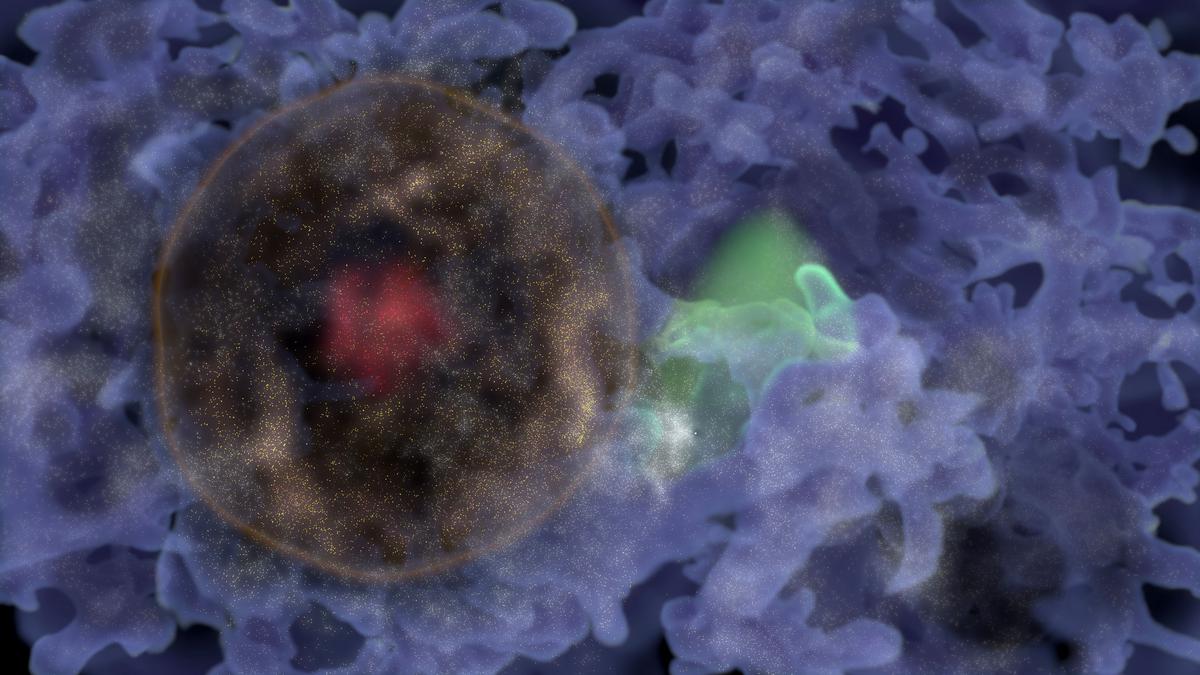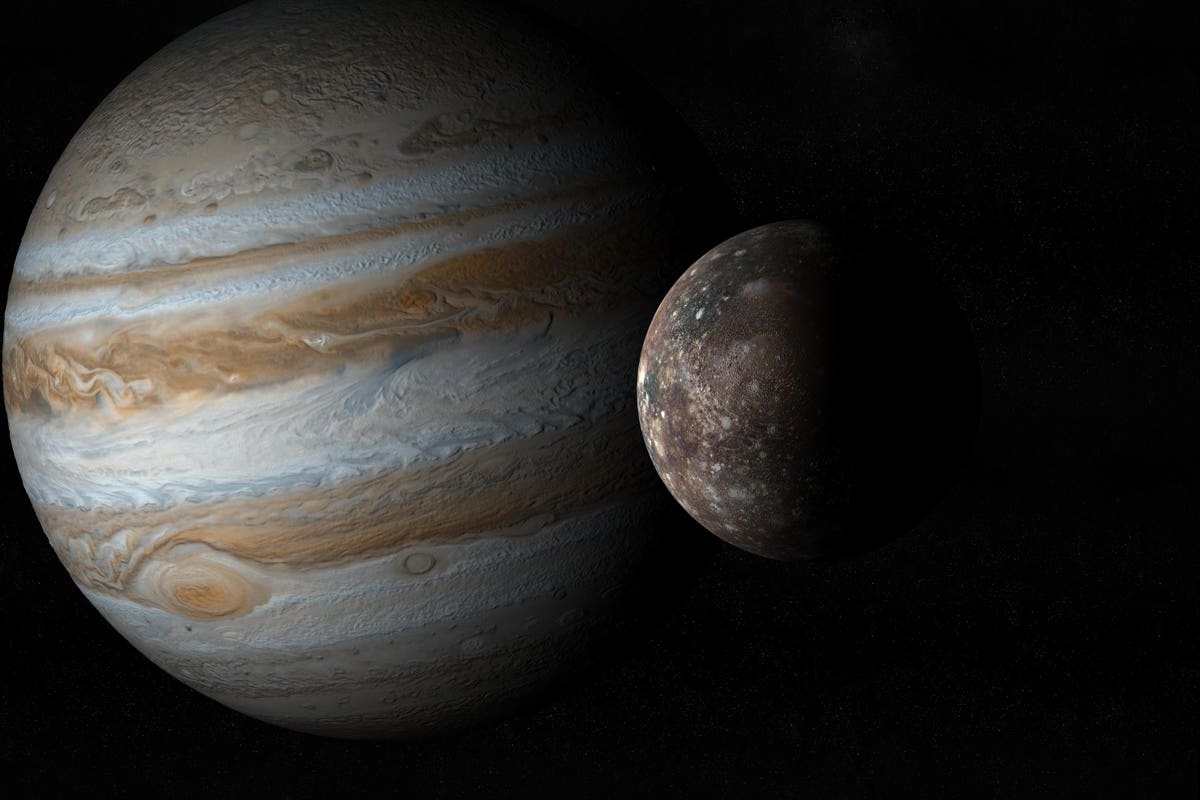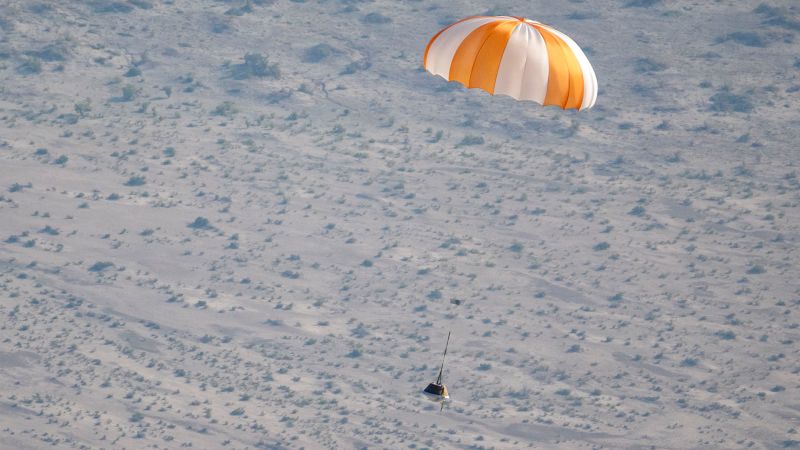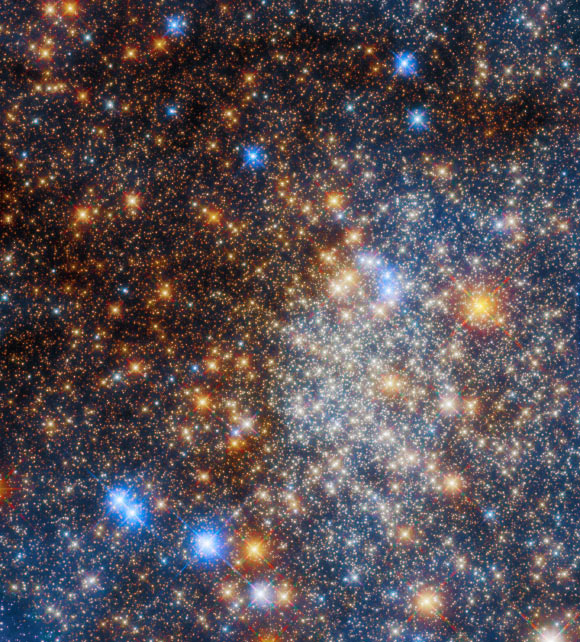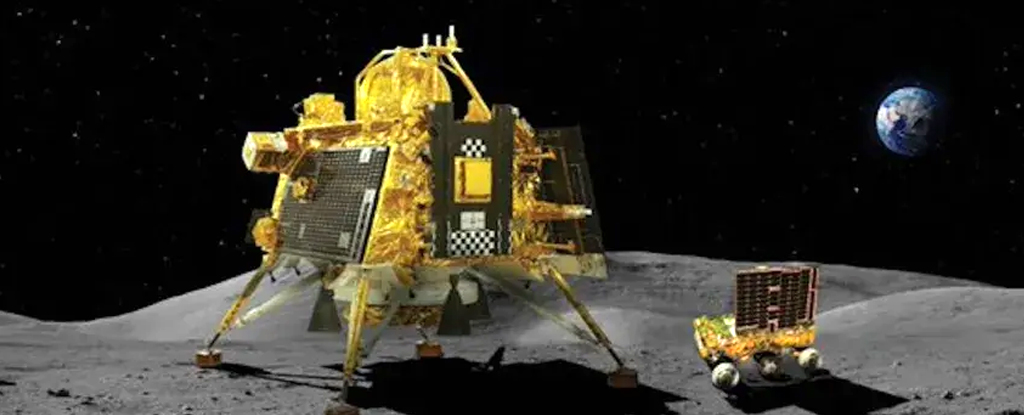Astronomers have discovered the first “galactic bubble,” an almost unimaginably massive structure that is a fossilized remnant from just after the Big Bang sitting in the background galaxy.
This bubble spans a billion light-years, making it 10,000 times wider than the Milky Way galaxy.
Yet this huge bubble, invisible to the naked eye, is 820 million light-years away from our home galaxy, what astronomers call the nearby universe.
The bubble can be thought of as a “spherical shell with a heart,” Daniel Pomarede, an astrophysicist at France’s Atomic Energy Commission, told AFP.
Within that heart is the Bootes supercluster of galaxies, surrounded by a vast void sometimes called the “Great Nothing”.
The shell contains some of the largest clusters of galaxies known to science, including a massive structure called the Sloan Great Wall.
Pomarede said the discovery of the bubble, described in a study he co-authored and published in the Astrophysical Journal this week, was “part of a long scientific process”.
It confirms what was first described in 1970 by US cosmologist – and future Nobel laureate in physics — Jim Peebles.
He hypothesized that in the early universe — then a hot plasma stew — gravitational waves and radiation created sound waves called baryon acoustic oscillations (BAOs).
As the sound waves travel up through the plasma, they create bubbles.
About 380,000 years after the Big Bang the process stopped as the universe cooled, freezing the formation of bubbles.
Also Read | Cartesian coordinates: how to find your way
The bubbles got bigger as the universe expanded, just like other fossils from the post-Big Bang era.
Astronomers previously discovered signs of BAOs in 2005 when looking at data from nearby galaxies.
But the newly discovered bubble is the first known baryon acoustic oscillation, according to the researchers.
‘unexpected’
Astronomers named their bubble Ho’oleilana — “send out the murmur of awakening” — taking the name from a Hawaiian creation song.
The name comes from the study’s lead author Brent Tully, an astronomer at the University of Hawaii.
The bubble was discovered by chance, as part of Tully’s search for new galaxy catalogs.
“It was unexpected,” Pomarede said.
Also Read | 4.5-Billion-Year-Old Saharan Rock Raises Speculation About Early Solar System
Tully said in a statement that the bubble was “so large that it spilled over the edges of the sector of the sky we were analyzing”.
The couple enlisted the help of Australian cosmologist and BAO expert Cullan Howlett, who “mathematically determined a spherical structure that fits well with the given data,” said Pomarede.
This allowed the trio to visualize the three-dimensional shape of Ho’oleilana – and the location of the galaxy archipelagos within it.
It may be the first, but many bubbles can be seen quickly in the universe.
Europe’s Euclid telescope, launched in July, takes a wider view of the universe, enabling it to catch more bubbles.
Large radio telescopes called the Square Kilometer Array, which are being built in South Africa and Australia, could provide a new picture of galaxies from a Southern Hemisphere perspective, Pomarede said.
This is a Premium feature only available to our subscribers. Read 250+ such premium articles every month
You have reached your free point limit. Please support quality journalism.
You have reached your free point limit. Please support quality journalism.
You are educated {{data.cm.views}} apart from {{data.cm.maxViews}} free articles.
This is your last free article.
#galactic #bubble #billionlightyear #galactic #bubble
